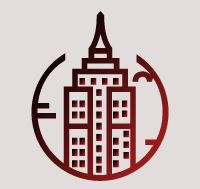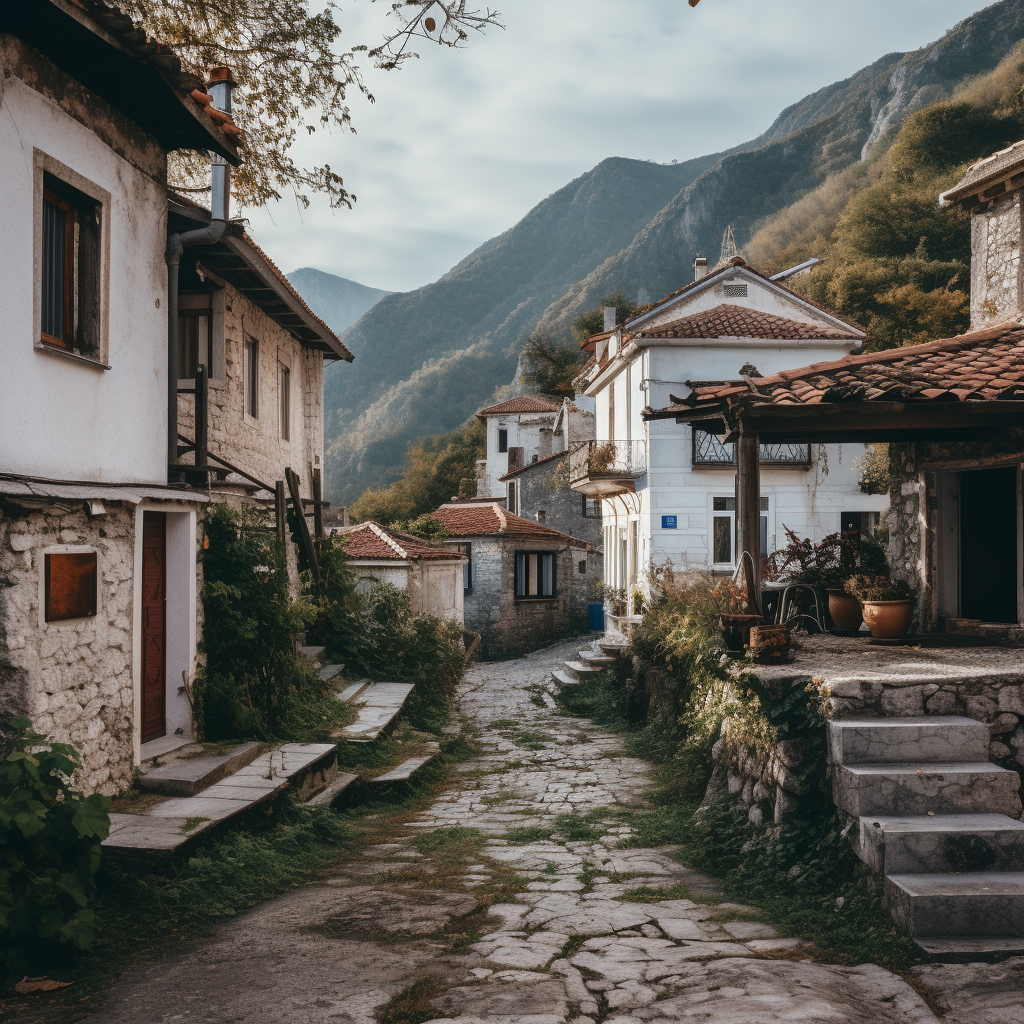In Budva, a city renowned for its stunning Adriatic coast and rich cultural heritage, industrial design trends are making a significant mark on real estate construction. This article delves into how the rugged elegance of industrial design is shaping development strategies and influencing the real estate market. From exposed materials to minimalist aesthetics, industrial design elements are increasingly sought after, reflecting a shift in consumer preferences and architectural innovation.
Overview of Industrial Design in Real Estate Construction
In the realm of Budva’s real estate, the allure of industrial design beckons like a siren’s call, captivating investors and residents alike with its marriage of form and function, rugged charm, and avant-garde aesthetic. Originating from the gritty confines of old factories and warehouses, industrial design has transcended its humble beginnings to emerge as a defining trend in the city’s construction landscape, reshaping the very fabric of Budva’s architectural identity.
At its core, industrial design is a celebration of aesthetic minimalism and utilitarianism, where form follows function and every element serves a purpose. Exposed brick walls, polished concrete floors, and steel beams become the building blocks of design, creating spaces that exude a raw, unfiltered authenticity while simultaneously dazzling the senses with their understated elegance.
The appeal of industrial design lies not only in its visual impact but also in its ability to offer spacious, adaptable interiors that cater to the diverse needs and lifestyles of modern inhabitants. Open floor plans, soaring ceilings, and expansive windows flood interiors with natural light, creating a sense of airiness and freedom that belies the constraints of urban living. These flexible spaces serve as blank canvases for residents to customize and curate according to their individual tastes and preferences, fostering a sense of ownership and creativity that is unparalleled in more traditional architectural styles.
Incorporating Industrial Elements into Construction Projects
In the vibrant tapestry of Budva’s construction landscape, a subtle yet profound transformation is underway, where the echoes of industrial heritage converge with the aspirations of modern living. Here, the integration of industrial elements into real estate projects serves as a bridge between past and present, infusing spaces with a sense of rugged authenticity and contemporary flair that captivates the imagination and redefines the urban experience.
At the forefront of this architectural evolution are features such as exposed structural components, where steel beams, concrete columns, and brick walls proudly bear the scars of time, telling stories of resilience and adaptation. These raw, unadorned elements serve as reminders of Budva’s industrial past, offering glimpses into a bygone era while anchoring spaces with an unmistakable sense of history and character.
Complementing these structural elements are high ceilings and large windows, which bathe interiors in an abundance of natural light and create a sense of openness and expansiveness that defies the constraints of traditional design. From sun-drenched lofts to airy studios with panoramic views of the cityscape, these architectural features blur the boundaries between inside and outside, inviting inhabitants to bask in the beauty of Budva’s sun-kissed landscapes while reveling in the comforts of modern living.
Development Strategies Embracing Industrial Design Trends
In the dynamic landscape of Budva’s real estate market, developers are at the forefront of a bold new frontier, where innovation meets tradition and industrial design takes center stage. Here, the adoption of innovative strategies to incorporate industrial design trends into projects is not just a matter of aesthetics but a testament to a forward-thinking approach that sets properties apart in a fiercely competitive market.
- At the heart of these strategies lies a deep understanding of the allure of industrial aesthetics and their appeal to a niche market of discerning buyers who value uniqueness and authenticity above all else. By embracing the distinct characteristics of industrial design – from raw, exposed materials to clean lines and utilitarian aesthetics – developers are able to create spaces that resonate with the spirit of the city’s industrial heritage while offering a contemporary twist that speaks to modern sensibilities.
- Successful projects in Budva often feature a blend of industrial-inspired architecture and interiors, where rugged exteriors give way to sleek, minimalist interiors that offer a compelling alternative to more traditional designs. From converted warehouses and factories to purpose-built structures that pay homage to industrial design principles, these properties stand as testaments to the power of innovation and creativity in shaping the urban landscape.
- Moreover, the adoption of industrial design trends not only attracts discerning buyers seeking something out of the ordinary but also contributes to the diversification of Budva’s real estate portfolio. In a market saturated with cookie-cutter developments and generic designs, industrial-inspired properties offer a breath of fresh air, infusing the city’s skyline with a sense of vibrancy and dynamism that reflects the spirit of Budva’s entrepreneurial spirit and creative ethos.
Market Impact of Industrial Design Trends
In the bustling realm of Budva’s real estate market, the emergence of industrial design trends has sparked a revolution, leaving an indelible mark on property values, demand dynamics, and investment landscapes. Here, the rise of industrial aesthetics is not merely a passing fad but a seismic shift that has reshaped the very fabric of the market, opening up new opportunities and redefining the notion of urban living.
Properties that embrace industrial design elements wield a magnetic allure, drawing in a specific demographic of buyers who are captivated by the style’s unique blend of historical character and modern simplicity. From young professionals seeking spaces that reflect their urban lifestyles to aesthetically inclined buyers who crave authenticity and individuality, these properties cater to a diverse array of tastes and preferences, creating a niche market that thrives on its ability to offer something truly distinctive and memorable.
The impact of industrial design trends extends far beyond mere aesthetics, exerting a tangible influence on property values and demand dynamics in Budva’s real estate market. As the allure of industrial-inspired properties continues to grow, so too does their desirability and market value, with buyers willing to pay a premium for spaces that exude a sense of rugged authenticity and contemporary sophistication.
Also, we advise you to read our other article, where we talked about aesthetics and comfort.
FAQ
Industrial design in real estate construction emphasizes functionality and aesthetic minimalism, utilizing raw materials like exposed brick, concrete, and steel.
The trend of industrial design originated from the conversion of old factories and warehouses into residential and commercial spaces.
Industrial design offers spacious, adaptable interiors and a unique blend of historic and contemporary styles, making it visually striking and appealing to a wide range of buyers.

